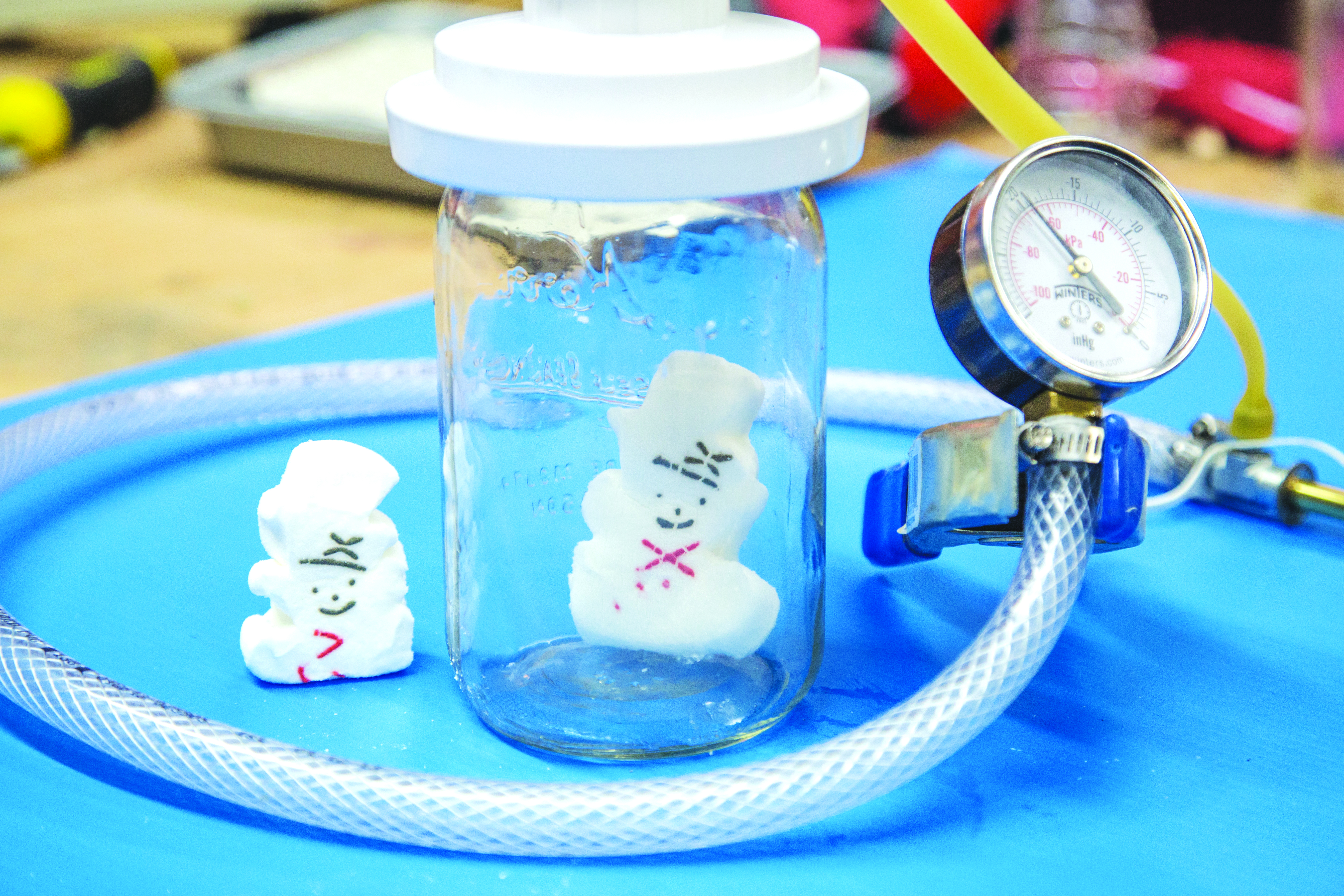Giovanni Battista Venturi was an 18th-century Italian polymath who did a remarkable number of things extraordinarily well. He was an ordained Catholic priest, a university-level mathematics instructor, one of the leading civil engineers of his day, a politician and statesman (and a favorite of Napoleon Bonaparte), and a world-class historian. In fact, it was Venturi who first called attention to Leonardo da Vinci’s scientific contributions.
Perhaps his greatest impact though, came from his trailblazing research in fluid mechanics. His discovery of the Venturi effect — the eponymous physics phenomenon he was first to describe — is the basis for various important contraptions today, from paint sprayers to fertilizer applicators to gas grills to scuba regulators.
In his 1797 book, Father Venturi describes how the motion of one fluid can “impress its motion on other fluids, by carrying them along in what I call the lateral communication of motion in fluids.” Venturi discovered that air or water shooting through a constriction in a pipe can more or less magically drag fluid along with it from a second pipe, if the geometry of the pipes is just right.
Venturi really didn’t understand the reasons behind this phenomenon, now universally known as the Venturi effect. But it is easily explainable today using the important law of fluid mechanics known as the Bernoulli equation. Without getting into the math, we can state in broad terms that fluids under pressure and moving through a gradually narrowing pipe gain speed. That’s easy enough to understand; since the number of fluid molecules going in and coming out of the pipe is constant, the fluid molecules have to speed up in order to move through the constriction.
Venturi’s insight was that where the fluid speeds up, concurrently the fluid pressure drops. If you measure the pressure at various points in a system of pipes, you’ll find it’s lowest where the speed and pipe constriction are the greatest.
That little nugget of knowledge is actually a huge scientific and technological bonanza. It turns out that a venturi tube (or just venturi) is a really neat way to move, push, drag, or mix one fluid by using nothing but the motion of another — Venturi’s “lateral communication of motion.”
Of the countless applications of what we now call the Venturi effect, probably the best known is the automobile carburetor. In a carburetor, air flows through a venturi channel, causing gasoline to be sucked in through a small opening in it, in just the right proportion. The combined fuel-air mixture goes into the engine’s cylinders where the spark plugs ignite it and make the car go.
Making a Venturi-Style Vacuum Pump
Venturi’s discovery can also be used to make a simple but effective vacuum pump. While there are many different types of vacuum pumps (read about the Magdeburg Hemispheres and how to make one) the Venturi-effect pump is certainly the simplest.
In this edition of Remaking History, you’ll rig a venturi-based vacuum pump for less than $25. Vacuum pumps are pretty great science tools and lend themselves to a variety of interesting experiments.
Caution:
You’ll need an air compressor in order to speed the air through the venturi, and high-pressure air must be handled with caution. Use your compressor in accordance with manufacturer’s directions and wear protective eyewear.
When you draw a vacuum in a container, atmospheric pressure could cause it to implode. For plastic soda bottles, that’s pretty cool. For other items, it’s not so good. If you apply your pump to a glass flask or bottle, be sure it is strong enough to handle an atmospheric vacuum.














